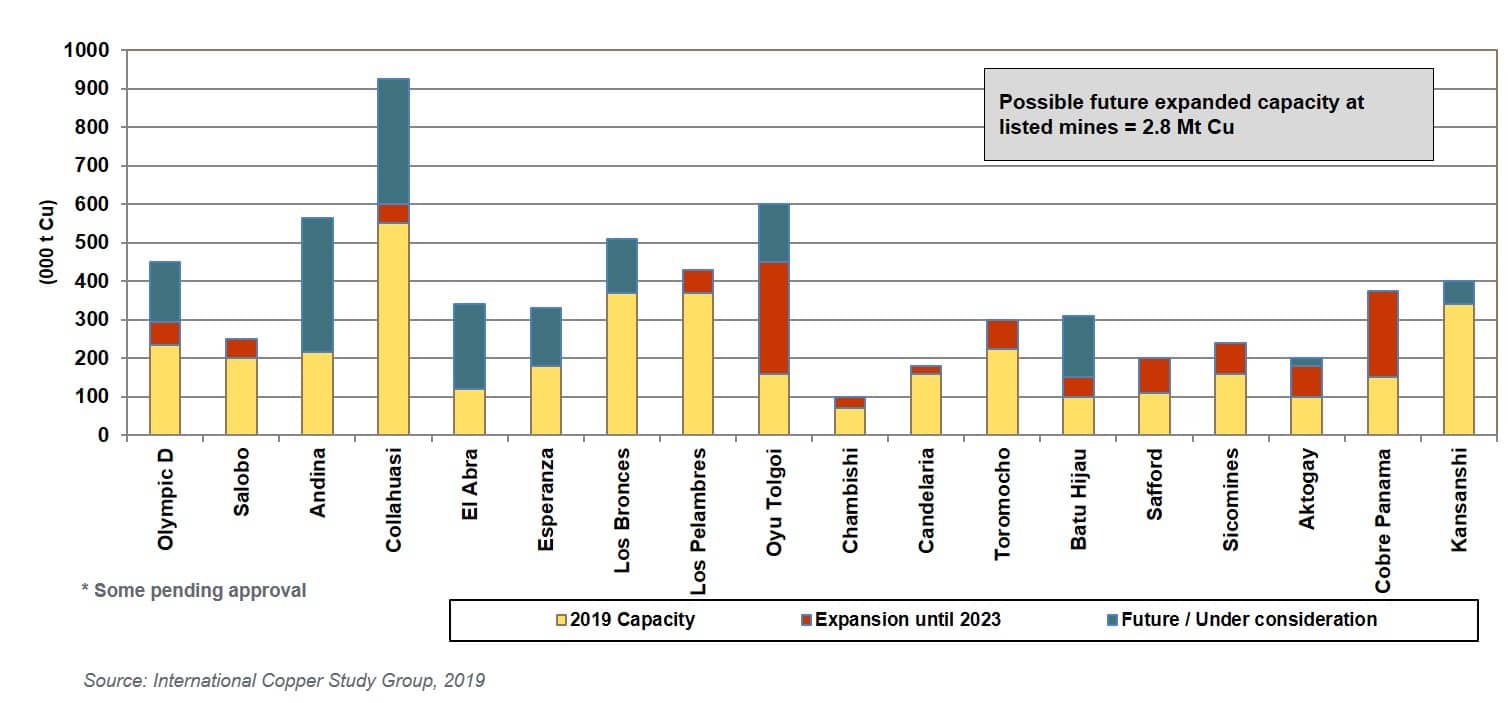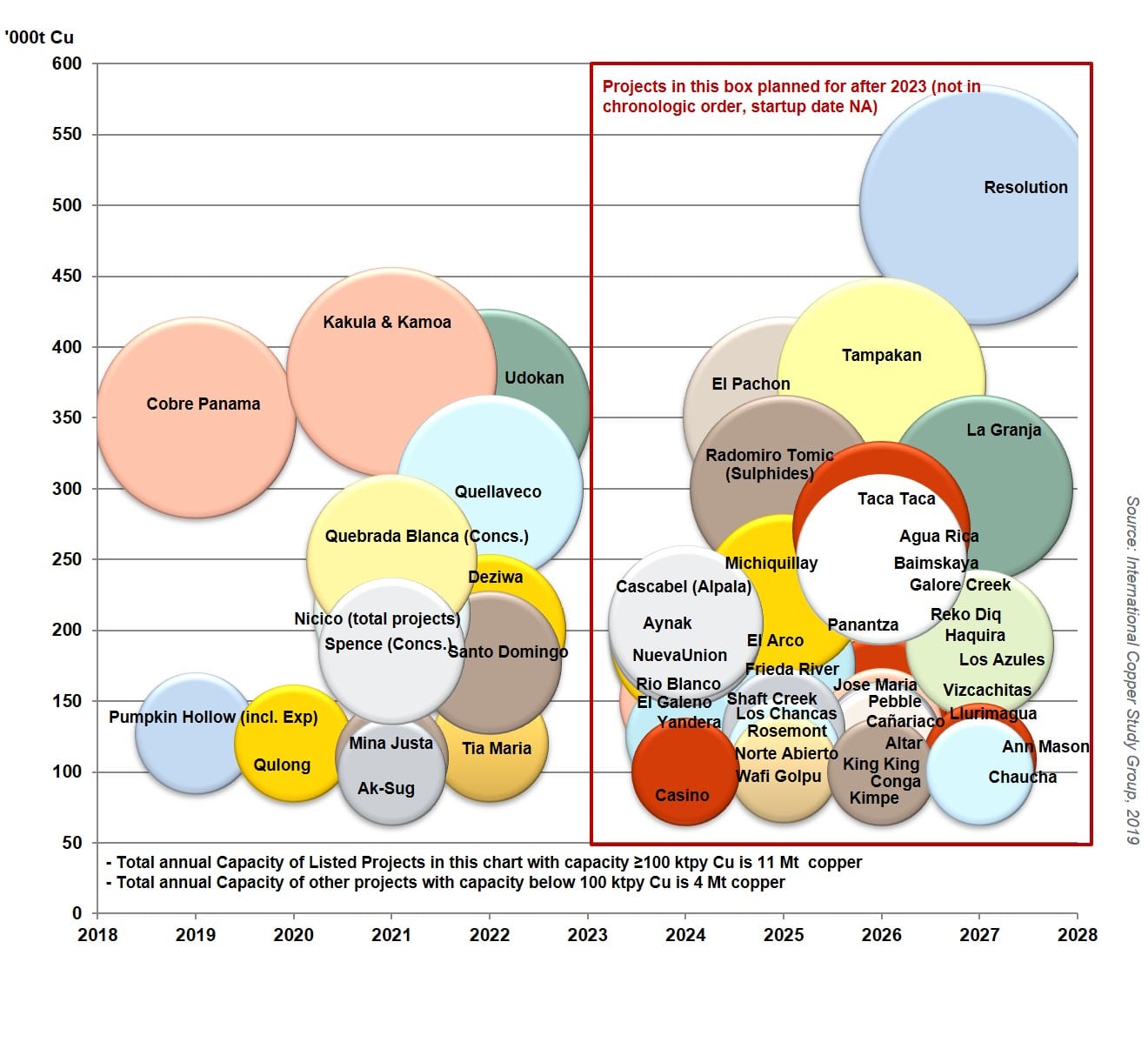The Responsible Business Alliance (RBA), on behalf of its Responsible Minerals Initiative (RMI), and the International Copper Association, Ltd. (ICA), have signed a memorandum of understanding to jointly advance the responsible production and trade of copper.

The RMI and ICA aim to harmonize expectations for responsible practices in the copper value chain by applying existing industry norms covering major environmental, social and governance issues.
In April 2019, ICA introduced a new assurance program for responsible copper production, the Copper Mark, offering a voluntary program to support the copper industry’s contribution to the United Nations’ Sustainable Development Goal (SDG) 12 on Responsible Consumption and Production.
ICA will use the RMI’s Risk Readiness Assessment (RRA) for implementation. The industry norms described in the RRA will define the requirements copper mines and smelters/refiners must meet in order to obtain the Copper Mark.
The Copper Mark will be available to copper mines, smelters and refiners in its first application and is expected to launch in 2020.
For more information on RMI and ICA’s partnership with the Copper Mark and the copper industry’s commitment to sustainable development, visit here.


